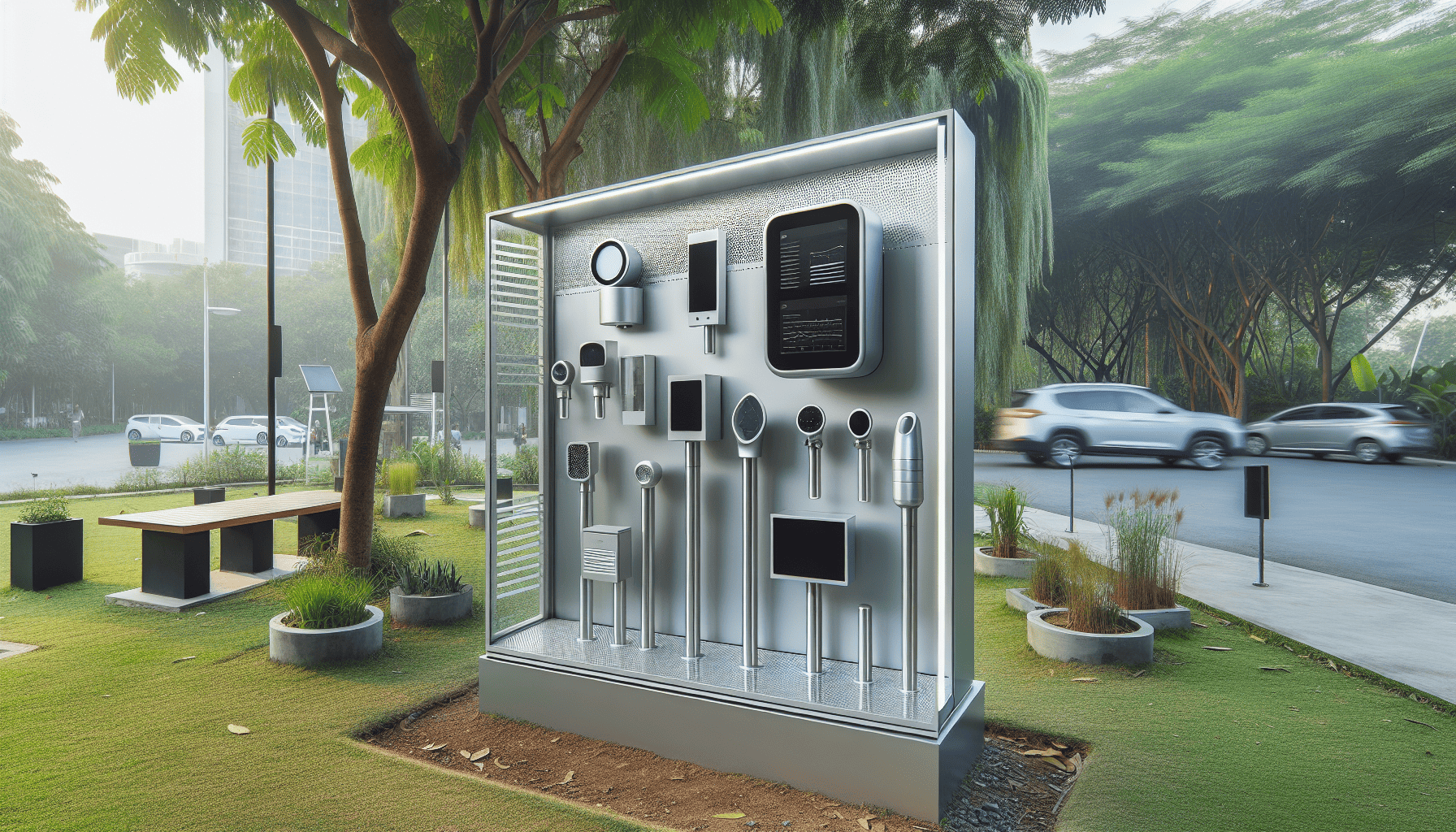In today’s rapidly changing world, the quality of the air we breathe is more important than ever. As urban areas expand and industrial activities increase, the impact on the environment and public health cannot be overstated. A critical tool in addressing these challenges is advanced air quality monitoring systems that provide communities with real-time data and actionable insights.
Air quality monitoring involves analyzing various pollutants such as particulate matter (PM), nitrogen dioxide (NO2), sulfur dioxide (SO2), carbon monoxide (CO), and ozone (O3) that can adversely affect human health and the environment. These pollutants can lead to respiratory illnesses, cardiovascular diseases, and exacerbate conditions such as asthma and allergies, thus highlighting the importance of monitoring and mitigating air pollution levels.
Advanced air quality monitoring systems are designed to detect and measure these pollutants with high precision. They leverage cutting-edge technologies including sensors, data analytics, and IoT (Internet of Things) connectivity. These systems can be strategically deployed across urban landscapes, industrial zones, and residential areas to provide comprehensive air quality assessments.
Real-time data is crucial for communities to effectively respond to air quality issues. By offering immediate insights, these advanced systems empower local authorities, policymakers, and citizens with the information necessary to make informed decisions. For instance, in cases of sudden increases in pollutant levels, authorities can issue health advisories, enforce temporary restrictions on certain activities, or take mitigation measures to protect vulnerable populations.
Furthermore, air quality monitoring systems play an essential role in long-term urban planning and development. Data collected over time can reveal trends and patterns that may not be immediately evident. This information is invaluable for devising strategies to reduce pollution, like enhancing green spaces, improving public transportation systems, or regulating industrial emissions.
Beyond data collection, community engagement is another significant aspect of air quality monitoring. Educating the public about air quality issues and involving them in monitoring initiatives ensures greater awareness and accountability. Interactive platforms and mobile applications can enable citizens to access real-time data, understand air quality indices, and contribute to local environmental efforts.
The integration of these systems also supports compliance with regional and national air quality standards. Governments can leverage this technology to align with international environmental agreements and national air quality regulations, promoting sustainable practices and pollution reduction on a broader scale.
In conclusion, advanced air quality monitoring systems are indispensable for fostering a safe and healthy living environment. By offering real-time data and insights, these systems not only aid in immediate response actions but also contribute to long-term environmental strategies and community engagement. Through technological innovation and collaboration, communities can work towards achieving cleaner air and a healthier future for all.
